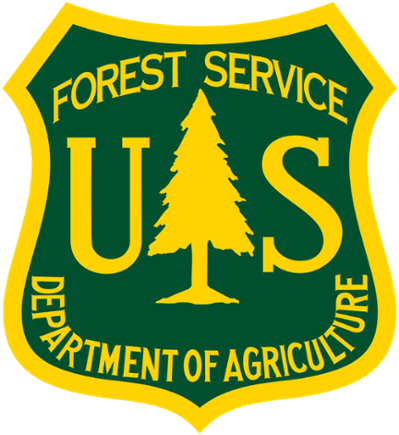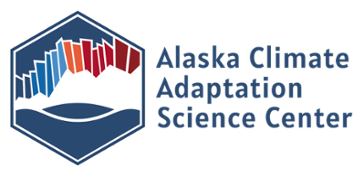Stream Food Webs

River food webs and salmon productivity in Southeast Alaska
ACRC supports scientists studying food web dynamics in the salmon-rich streams of Southeast Alaska, which helps inform freshwater fisheries management in the face of climate change.
ACRC supports scientists studying food web dynamics in the salmon-rich streams of Southeast Alaska, which helps inform freshwater fisheries management in the face of climate change.
Rivers and streams in Southeast Alaska provide essential rearing habitat for some of the most productive salmon fisheries on the planet. Within these rivers, salmon rely on a complex and interconnected tapestry of feeding relationships known as food webs for growth and survival. The diversity of the landscape allows vastly different river systems, and potentially very different food webs, to coexist within a relatively small area. A single watershed can contain a mosaic of silt-heavy glacial rivers, snowmelt creeks, and wetland-dominated rainfall streams that have distinct temperatures, hydrology, and regimes. Because each link in the food web is influenced by the distinct characteristics of these stream types, they likely provide a template for unique food webs to exist across the landscape. For instance, food resources could peak at different times in glacier, snowmelt, and rainfall streams, creating a more stable food base throughout the year for juvenile salmon that move in search of more abundant food sources before migrating out to the ocean.
In a warming climate, one of the unforeseen consequences of diminished glacier and snowmelt contribution to watersheds could be the loss of unique food webs that provide important feeding opportunities for rearing salmon. As glaciers recede and disappear from some watersheds and precipitation shifts from snow to rain, the physical and chemical characteristics that make a glacial or snowmelt stream different from a rainwater stream may fade. Watershed deglaciation and snow-to-rain shifts could simplify the hydrology of Southeast Alaska, driving the loss of the unique food webs that each stream type supports. As food webs change, distinct cycles of food availability may be lost, resulting in watersheds that no longer maintain a stable food base for fish populations year round. To understand how important landscape diversity is to sustaining salmon productivity, researchers Matt Dunkle (PhD student, University of Idaho) and Ryan Bellmore (USFS, Pacific Northwest Research Station) are studying the food web pathways that support salmon production in glacial, snowmelt and rainfall rivers with support from ACRC and University of Alaska Southeast (Jason Fellman and Eran Hood).
Over the next two years, Dunkle and Bellmore will finish processing: benthic aquatic invertebrate samples to quantify invertebrate production for each stream type, and fish stomach contents and stable isotope analyses to elucidate the sources of carbon consumed by aquatic invertebrates and fishes. Dunkle and Bellmore will then use the Trophic Basis of Production approach to quantify food web structure and illuminate the energy pathways that fuel annual invertebrate and fish production. These observations will help illuminate the seasonal and spatial variety of food webs that fish populations rely on. This is the first study of this magnitude and focus for Southeast Alaska, where one of the largest fishing industries in the world operates. Understanding food web dynamics of southeast Alaska watersheds can inform freshwater fisheries management in the face of changing climate and landscape dynamics.
Contact
- Ryan Bellmore (jbellmore@fs.fed.us)
Project Team
- Matt Dunkle, University of Idaho (mdunkle@uidaho.edu)
- Emily Whitney, UAS (ejwhitney@alaska.edu, Website)
- Jason Fellman (jbfellman@alaska.edu, Website)


